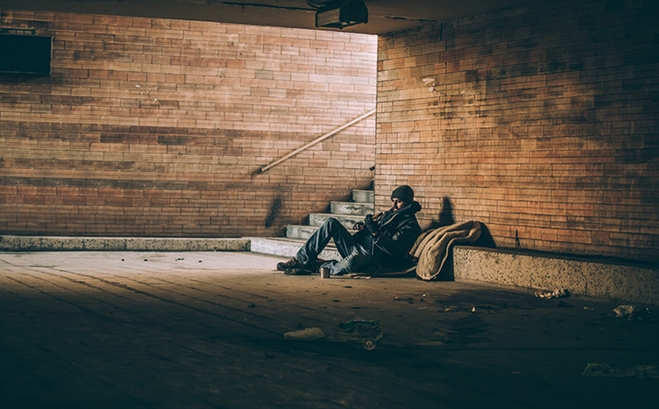Lifting People Out of Homelessness
March 17, 2020 by Melissa Crowe

More than half a million people in the U.S. are homeless on a given night.
No one is in a better position to help address this serious problem than the public sector.
As public officials look for solutions to lift people out of homelessness, three major factors continue emerging that play an unfair role in this crisis. They are addiction, behavioral health, and housing affordability.
To implement effective solutions, those with the power to spark change must have a 360-degree view of what’s at hand. They must be able to see the unintended consequences from well-intentioned policies and workflows, as well as the gaps between them. Disconnected workflows result in disconnected communities.
Public officials across the U.S. are leveraging open data and data storytelling to help bring disparate data together in one easy-to-use place to help with the crisis. By giving leaders the ability to communicate and share insights with stakeholders — including first responders, law enforcement, nonprofit groups, and the public — they can begin to address the underlying causes of the problem, the services needed, and the players and programs that must be connected.
Check out some of the dashboards, stories, and resources that are playing a pivotal role in improving response to the homelessness crisis.
Combatting Rising Homelessness in Los Angeles County

Photo credit: Jeff Turner/Flickr
University of Southern California Sol Price School of Public Policy created a data story in partnership with Los Angeles Homeless Services Authority available on USC Price’s Neighborhood Data for Social Change platform, powered by Socrata.
The site brings together data on vulnerable populations, the underlying causes of homelessness, and data on re-housing individuals to provide innovative opportunities for research and policy.
Seattle’s Homelessness Response

Photo credit: Ian d’Andrea/Flickr
Seattle recently launched a new performance site that includes comprehensive data and context that helps human services providers, public health officials, nonprofit groups, researchers, business owners, and other community stakeholders explore progress toward addressing homelessness.
The Seattle Human Services Department is one of the largest contributors to city’s safety net. The department invests more than $70 million in contracts to more than 35 community-based groups.
“While we cannot solve this crisis overnight, we must continue urgent action to make progress,” said Mayor Jenny Durkan in a quote on the city’s site. “We must work together to prevent more people from falling into homelessness, to bring more people off the streets and into safer places, and to pick up garbage, waste, and needles. As we do so, we must be accountable to Seattle taxpayers about the investments we are making, what is working, and where we need to innovate.”
New York City’s HomeStat

Photo credit: Pom’/Flickr
New York City, a pioneer of the stat program, publishes data on its homelessness outreach effort. The city says the program, dubbed HomeStat, is “the most comprehensive street homelessness outreach effort ever deployed in a major American city.”
HomeStat data is published on the city’s open data portal daily, weekly, and monthly through the city’s 311 program. It gives site visitors the ability to drill into the data from the open data portal.
According to the site, “With this information the most accurate real-time reflection of what outreach teams see on the ground every day, the city publicly reports a summary of this precise by-name information on a quarterly basis.”